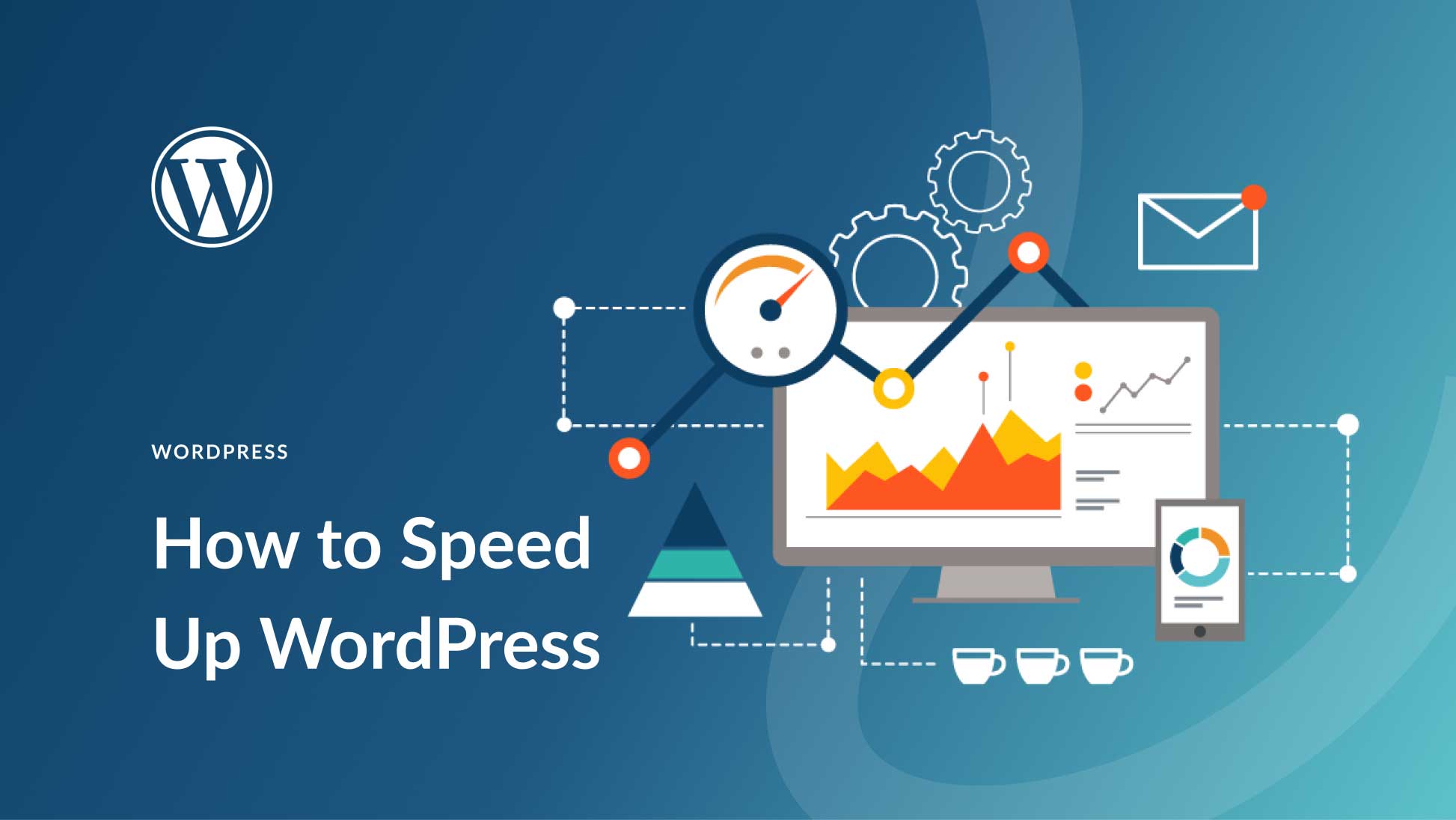How to Increase Website Speed in WordPress
Slow website speed can not only frustrate your visitors but also negatively impact your search engine rankings. In today’s digital age, where users expect instant results, having a fast website is essential for success. If you’re using WordPress to power your website, there are several strategies you can implement to increase its speed and performance. In this article, we’ll explore some of the most effective ways to optimize your WordPress site for speed.
Choose a Lightweight Theme
Your website theme plays a crucial role in determining its speed. Make sure to choose a lightweight and well-optimized theme that doesn’t have unnecessary features or bloated code. Themes with complex designs, animations, and large image files can slow down your site. Look for a minimalist theme that is easy to customize and load quickly.
Optimize Images
Large image files are one of the main culprits behind slow-loading websites. Make sure to optimize all images on your site by compressing them without sacrificing quality. You can use plugins like Smush or Imagify to automatically compress images and improve your site’s loading speed.
Enable Caching
Caching can significantly improve your website speed by storing static files and delivering them to users quickly. You can use caching plugins like WP Super Cache or W3 Total Cache to enable caching on your WordPress site. These plugins generate static HTML files of your pages, reducing the server load and speeding up load times for visitors.
Minify CSS and JavaScript
Minifying CSS and JavaScript files can also help improve your site’s speed. By removing unnecessary spaces, comments, and characters from your code, you can reduce file sizes and speed up loading times. There are plugins like Autoptimize that can minify CSS, JavaScript, and HTML files automatically, making it easy to optimize your site’s performance.
Optimize Database
Your WordPress database can become cluttered over time with unused data, post revisions, and spam comments. Cleaning up your database can help improve your site’s speed and performance. You can use plugins like WP-Optimize or WP Rocket to optimize your database and remove unnecessary data, making your site run more efficiently.
Use a Content Delivery Network (CDN)
A Content Delivery Network (CDN) can distribute your website’s content across multiple servers around the world, reducing the distance between your site visitors and the server. This can help improve loading times for users in different geographic locations. Popular CDN services like Cloudflare and MaxCDN can help optimize your site’s performance and speed.
Monitor Your Site’s Performance
Regularly monitoring your site’s performance can help you identify any issues that may be affecting its speed. Tools like Google PageSpeed Insights, GTmetrix, or Pingdom can provide valuable insights into your site’s loading times and performance metrics. Use these tools to make data-driven decisions and continuously optimize your site for speed.
Conclusion
Optimizing your website speed in WordPress requires a combination of strategic choices and technical optimizations. By choosing a lightweight theme, optimizing images, enabling caching, minifying CSS and JavaScript, optimizing your database, using a CDN, and monitoring your site’s performance, you can significantly improve your site’s speed and user experience. Remember, a fast website not only keeps visitors happy but also boosts your search engine rankings. Take the time to implement these strategies and watch your site load faster than ever!
